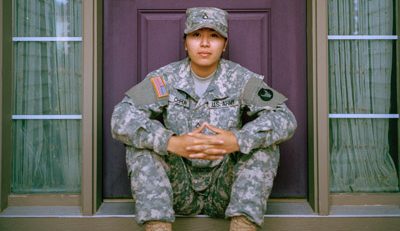US State Department establishes a one-stop center to assist veterans
US State Department establishes a one-stop center to assist veterans
Good news!
The United States Department of State stated that it has started an institutional program to help the veterans it hires find their way around a complicated bureaucracy in their post-military careers.
The Veterans Support Program is advertised as a single point of contact for all past active-duty service members and active reservists and guard members to access service-related information or to address concerns.
Veterans make up about 20% of the State Department’s staff. This includes more than 11,000 Civil Service employees as well as about 13,000 members of the Foreign Service. Additionally, the department runs more than 270 diplomatic posts around the world with more than 45,000 local employees.
Margery Gehan, director of the Work Life Division of the Bureau of Global Talent Management, stated in a recent interview that the department is dedicated to assisting our veterans. It was further added in the comment that veterans provide valuable experience to the sector, which we appreciate and respect immensely.
According to Gehan, the VSP is just the second of its sort in the government. The U.S. Department of Homeland Security Customs and Border Protection designed the fist.
The State Department appointed a supervisor to oversee the initiative with a singular emphasis.
According to Gehan, they want the VSP manager to be able to suggest new procedures and guidelines so that the officials may enhance the department’s overall assistance for veterans, active-duty service members, and their families.
The program’s manager position was filled by Megan Ilnicky in April. She formerly worked for the Congress’ Chief Administration Office Wounded Warrior Program after serving in the Marine Corps and leaving the army in the year of 2004.
Ilnicky added that during their careers veterans, current active military, family members, and spouses have experienced unique hurdles, especially when starting a new profession or migrating to a fresh federal institution. They require aid to handle the adjustment as well as direction on how to concurrently negotiate several government bureaucracies.
The program was developed in response to a poll of veteran employees that was performed by the department’s Talent Care approach and its working party on veteran’s assistance. A single landing page for all of their inquiries was the solution.
Before the VSP was developed, it was possible to get all the data required to respond to their inquiries, but it was fragmented. The veterans were forced to either search the intranet of the State Department or contact the Department of Veterans Affairs. The veteran was mostly responsible for carrying the weight of the investigation.
The program is divided into three main focal areas: advocacy and policy, partnership and collaboration, and advice and assistance. Ilnicky cites a few perks, including information on Military Buy Back and Disabled Veteran Leave, for which help is frequently needed. Additionally, because both have deadlines, if either is not handled properly, a veteran may lose their right to exercise the entitlement.
The Bureau of Diplomatic Security, which employs the highest number of veterans, is home to the VSP’s pilot program. The program will be implemented across the department once best practices have been followed and it is finished.





